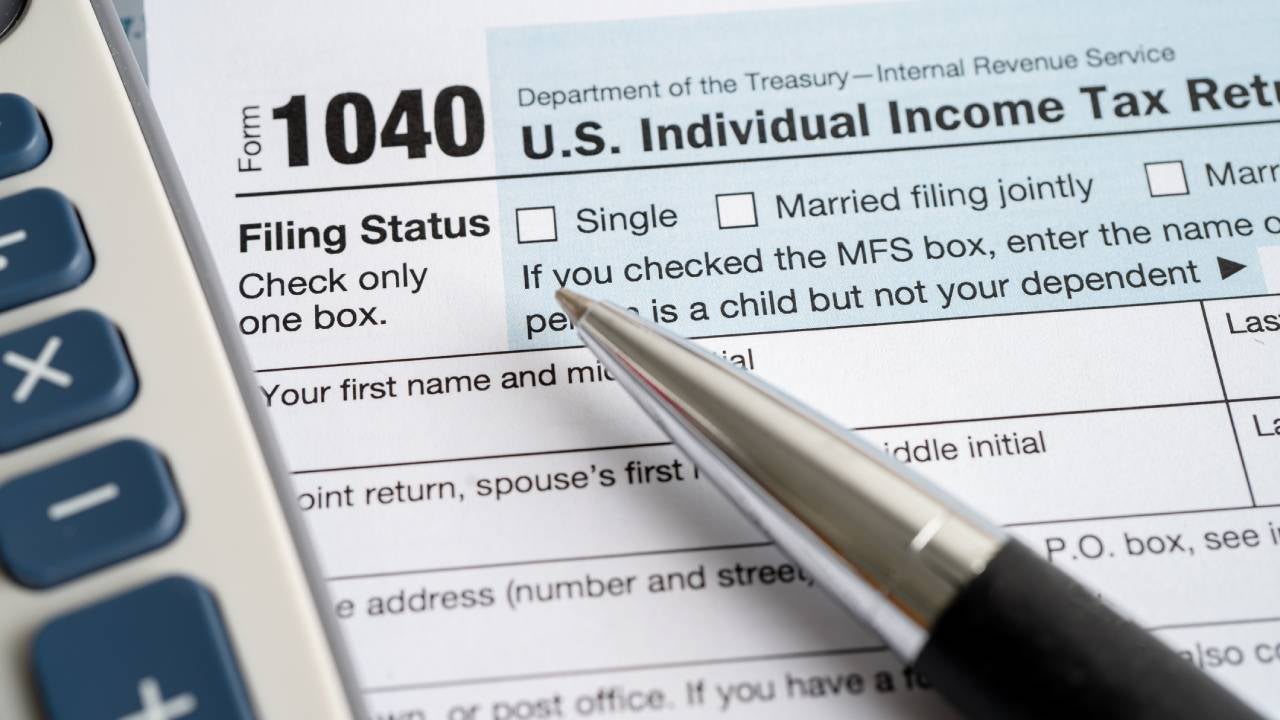Are financial advisor fees tax deductible?

Saving money on taxes is a priority for many investors. In this article, we’ll discuss a tax deduction for financial advisor fees you may have heard about, along with a few other tax-efficient investing strategies.
While you may no longer be able to save money by deducting advisor fees, you can search for financial professionals who offer services within your budget by using Bankrate’s AdvisorMatch tool.
Are financial advisor fees tax deductible?
No, they aren’t. At least not anymore.
The Tax Cuts and Jobs Act (TCJA) of 2017 put an end to the deductibility of financial advisor fees, as well as a number of other itemized deductions. As of January 2018, these fees no longer contribute to reducing your tax bill.
Before the TCJA, investors could deduct financial advisor fees if they exceeded 2 percent of their adjusted gross income (AGI) in 2017 and prior tax years. But this really only provided a measure of relief for those incurring substantial advisory costs. To get it, you had to claim the fees as a miscellaneous itemized deduction on Schedule A of your tax return.
The TCJA eliminated a number of other tax breaks for investors, who can no longer deduct costs associated with:
- Accounting fees
- Fees paid to brokers or trustees to manage investment accounts
- Fees paid for legal counsel and tax advice
- Investment publication subscription costs
- Rental fees for a safe deposit box
However, the financial advisor tax deduction may not be gone forever. Changes enacted under the TCJA are slated to expire in 2025, potentially reopening the door to measures put in place prior to 2018. Until then, investors must look elsewhere for opportunities to trim their tax bills.
3 other ways to save money on investment taxes
While the deduction for financial advisor fees is off the table for now, there are still avenues for savvy investors to save money on their taxes.
These strategies may not be formal tax deductions, but they can still help minimize your tax bite. Here’s what you need to know.
Capital gains losses
One way investors can lower their tax liability is through capital gains losses. While no one likes selling at a loss, doing so strategically in a brokerage account can help you at tax time.
When you sell an investment for less than what you paid for it, you incur what’s called a capital loss. This loss can be used to offset capital gains, reducing the overall amount subject to taxation. For example, say you sold and realized $2,000 in gains from your investments but also sold and realized $1,000 in losses. You’d wind up with a taxable gain of just $1,000, and a smaller tax bill.
But what if you had a particularly brutal year with more losses than gains — or with no gains at all? If your capital losses exceed your capital gains, you can claim up to $3,000 of the excess loss to lower your ordinary income, according to the IRS.
If your excess losses total more than $3,000, you can roll those losses forward to help offset capital gains in the future.
Tax-loss harvesting is a strategy where investors strategically sell investments in a loss position, then reinvest the proceeds in similar but not identical assets. If you do want to repurchase the same investment, you’ll need to wait at least 30 days or else risk running afoul of the IRS’ wash sale rule.
By practicing tax-loss harvesting, investors can potentially capture the benefits of realized losses without significantly altering their overall investment strategy.
401(k) and traditional IRA contributions
Contributing to retirement accounts, like a 401(k) or a traditional IRA, can provide substantial tax advantages.
These contributions are tax-deductible, meaning they reduce your taxable income for the year in which you make the contribution. For example, if you contribute $5,000 to a traditional IRA, you can potentially deduct that amount from your taxable income, resulting in a lower bill.
Additionally, the earnings within these retirement accounts grow tax-deferred until you make withdrawals in retirement. This helps your investments enjoy years of tax-free growth — while still providing a tax break for you in the present.
The downside with traditional IRAs and 401(k)s is that income taxes eventually come due when you withdraw money in retirement. If you prefer to skip a tax bill entirely, you might consider a Roth IRA, which allows tax-free withdrawals in retirement but won’t help lower your taxable income today.
Take advantage of lower long-term capital gains rates
If you hold an investment in a brokerage account for more than one year before selling it, any gains from the sale may qualify for lower long-term capital gains rates. These tax rates are typically more favorable than short-term capital gains rates, which are based on your ordinary income tax brackets.
Long-term capital gains rates are 15 percent, 20 percent and 0 percent. In 2024, you can qualify for the 0 percent rate if your taxable income is up to $47,025 for single filers or $94,050 for married couples filing jointly. So, selling long-term securities during a year when your income is particularly low could help you avoid paying capital gains tax on investments.
However, this can be tricky, because if you realize too much ordinary income, you won’t be able to qualify for the 0 percent rate, and you’ll start paying investment tax at a higher rate.
Bottom line
While financial advisor fees are no longer tax-deductible under current laws, investors still have several strategies to optimize their tax situation. As tax laws change, it’s important to stay informed and consult with a tax expert or financial advisor to ensure you’re getting the most out of available deductions.






